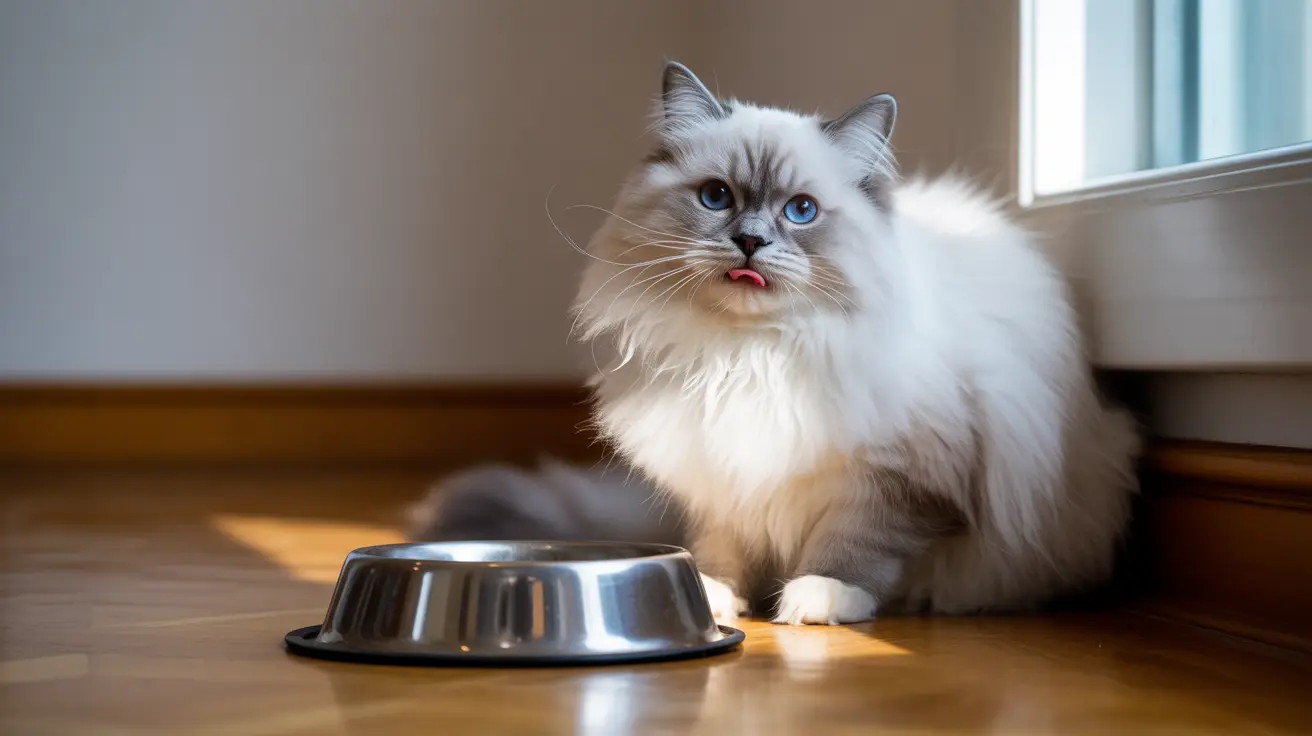A swollen bottom lip in cats can be concerning for pet owners and may signal various underlying health issues. From minor allergic reactions to more serious medical conditions, understanding the causes and knowing when to seek veterinary care is crucial for your cat's well-being.
In this comprehensive guide, we'll explore the common reasons behind feline lip swelling, treatment options, and signs that indicate when immediate veterinary attention is necessary.
Common Causes of Swollen Bottom Lips in Cats
Allergic Reactions
Allergies are one of the most frequent causes of lip swelling in cats. Your feline friend may react to:
- Food ingredients
- Plastic food and water bowls
- Environmental allergens
- Cleaning products
- Insect bites or stings
These allergic responses often manifest as swelling accompanied by itching, redness, and sometimes additional symptoms like sneezing or watery eyes.
Dental Problems and Infections
Oral health issues frequently contribute to lip swelling, including:
- Tooth abscesses
- Gingivitis
- Periodontal disease
- Bacterial infections
These conditions can cause significant discomfort and may lead to more serious health complications if left untreated.
Eosinophilic Granuloma Complex (EGC)
EGC is a common inflammatory condition that often affects cats' lips, particularly the lower lip. This condition typically presents as:
- Pink or yellow raised areas
- Ulcerated patches
- Crusty lesions
- Persistent swelling
While EGC can be managed with appropriate treatment, identifying and eliminating underlying triggers is essential for long-term success.
When to Seek Veterinary Care
Take your cat to the vet immediately if you notice:
- Severe or rapidly developing swelling
- Difficulty eating or drinking
- Signs of pain or distress
- Accompanying symptoms like fever or lethargy
- Any open wounds or bleeding
- Swelling that persists more than 24-48 hours
Treatment Options and Management
Treatment varies depending on the underlying cause but may include:
- Antihistamines for allergic reactions
- Antibiotics for infections
- Corticosteroids for inflammatory conditions
- Dental procedures when necessary
- Dietary changes for food allergies
- Switching to stainless steel or ceramic bowls
Frequently Asked Questions
What are the common causes of a swollen bottom lip in cats?
The most common causes include allergic reactions, dental problems, infections, insect bites, and eosinophilic granuloma complex (EGC).
How can I tell if my cat's swollen bottom lip is due to allergies or an infection?
Allergic reactions typically cause sudden swelling and may be accompanied by itching and redness. Infections usually present with additional symptoms like fever, pain, or discharge, and may develop more gradually.
When should I take my cat to the vet for a swollen bottom lip?
Seek veterinary care if the swelling is severe, persists longer than 48 hours, affects eating or drinking, or is accompanied by other concerning symptoms like lethargy or fever.
Can plastic food bowls cause my cat's bottom lip to swell?
Yes, some cats develop allergic reactions to plastic bowls. Switching to stainless steel or ceramic alternatives can help prevent this issue.
What treatments are available for a cat with a swollen bottom lip caused by dental disease or immune issues?
Treatment options include antibiotics, anti-inflammatory medications, immune suppressants, dental procedures, and addressing underlying causes through dietary changes or environmental modifications.
Prevention and Long-term Care
To help prevent lip swelling in cats:
- Maintain regular dental check-ups
- Use appropriate food and water bowls
- Keep up with flea prevention
- Monitor for and address allergic triggers
- Provide regular grooming and inspection
Remember that early intervention often leads to better outcomes, so don't hesitate to consult your veterinarian if you notice any concerning changes in your cat's appearance or behavior.






